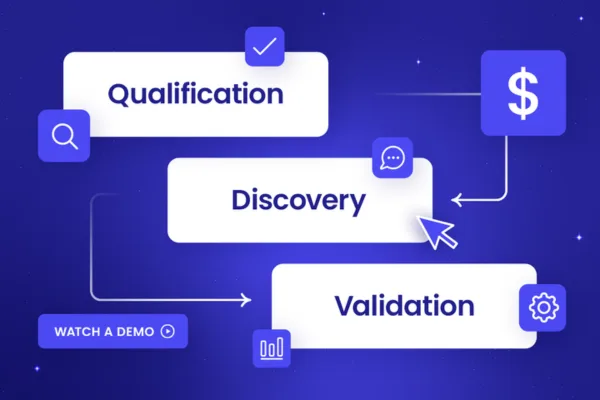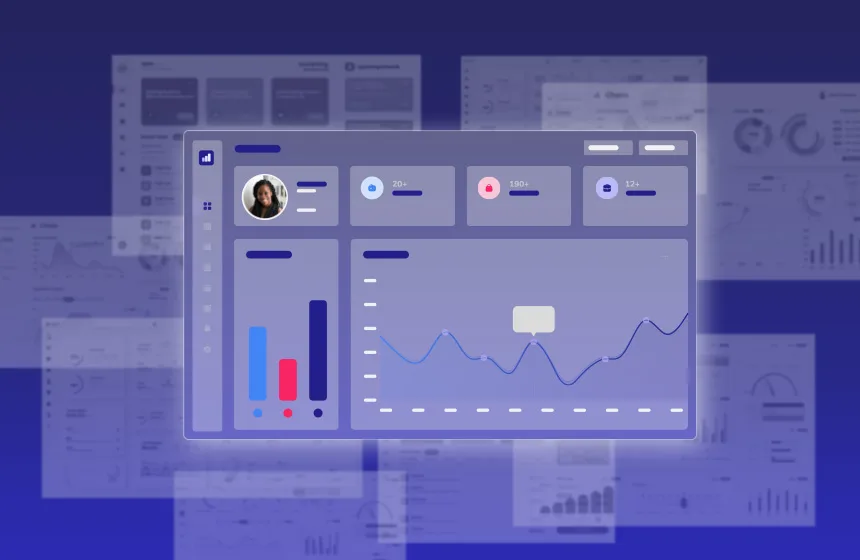Accelerate deals and increase win rates with the leading enterprise demo platform.
Dear CROs: Don’t Sleep on Demo Tech

March 26, 2025
Table of Contents
Hundreds of software sales tools have come and gone during my decades in revenue leadership. The difference-maker between the winners and losers? Whether the tools actually impact revenue.
Demo tech is going through its own explosive growth right now, and I can confidently tell you: it’s here to stay.
That’s because what a “demo” means has changed. It’s not just a one-off stage in the software sales process. It’s baked into every step of the buyer journey, even steps before the buyer talks to a person, and an ineffective software demo at any point jeopardizes the deal.
A good software demo, on the other hand, is like rocket fuel:
- An amazing product tour on your website? High conversion rates to trials.
- A rich software demo environment that tells a value-driven story? Increased customer engagement.
- A sandbox leave-behind you can share with internal stakeholders? Accelerated sales cycles by multithreading.
- A custom deep dive demo that speaks to your prospect’s exact pain points? Builds high trust in your ability to deliver.
More and more enterprise buyers are doing their own research. What does this mean? Software companies need to demonstrate value before the sales rep enters the picture, and then make the most out of each and every interaction.
Let’s explore why the revenue-generating potential of demo automation makes it a critical and exciting category of technology for CROs to explore.
Qualifying prospects in the interest phase
With demo technology, you can create interactive demos that look and feel like the real product. They’re quick and don’t require advanced technical knowledge.
These self-serve demos are perfect for prospects who love to do their own research — which is pretty much everyone these days. They can explore the product themselves before interacting with sales. That means most prospects are pre-qualified before they even talk to a rep, making the discovery process a much more productive discussion versus an uninformed interview.
From discovery to “disco-stration”
Instead of using the discovery call to pepper the customer with questions that set up a follow-up demo to see the software, sales reps that leverage a library of interactive, reliable, and repeatable demos make the engagement more give/get: a “disco-stration.”
Reps add value by showcasing the product and asking questions over the course of the demo, showing that they’re interested in the prospect’s business. Meanwhile, the customer doesn’t have to wait until the next call to understand more about the product. The rep gathers the information they need while leaving the customer with a growing sense that this solution and company can work for them.
Navigating technical buyers and buying committees
Demo technology shines at the validation stage of the buying cycle too. SEs can use data injection in the demo environment of their choice — whether that’s a live application or a self-contained application clone — to show off a hyper-relevant version of their software. They can use AI to create customer specific demo data or inject customer provided datasets into a pre-built demo, making demos easy for customers to relate to and to visualize the solution at scale.
These interactive demos are also perfect for sales leave-behinds to emphasize the features that the customer was most impressed by. These leave-behinds can be forwarded to other interested parties who were not able to attend the demo. That’s especially helpful with today’s larger enterprise buying committees. Sales can then use demo analytics to uncover new constituents on the committee and act fast to peak their interest and engagement.
How does a 10% increase in conversion rate and a 20% reduction in your sales cycle impact your forecast?
If you don’t have a demo platform, you aren’t using all the tools in your bag to maximize revenue.
Try demo technology and you’ll find higher conversion rates from stage to stage, shorter sales cycles and better customer experiences throughout the sales cycle — and most importantly, increased revenue. It’s all about unlocking doors for your buyer and helping them connect with your product’s value faster and with less friction.





